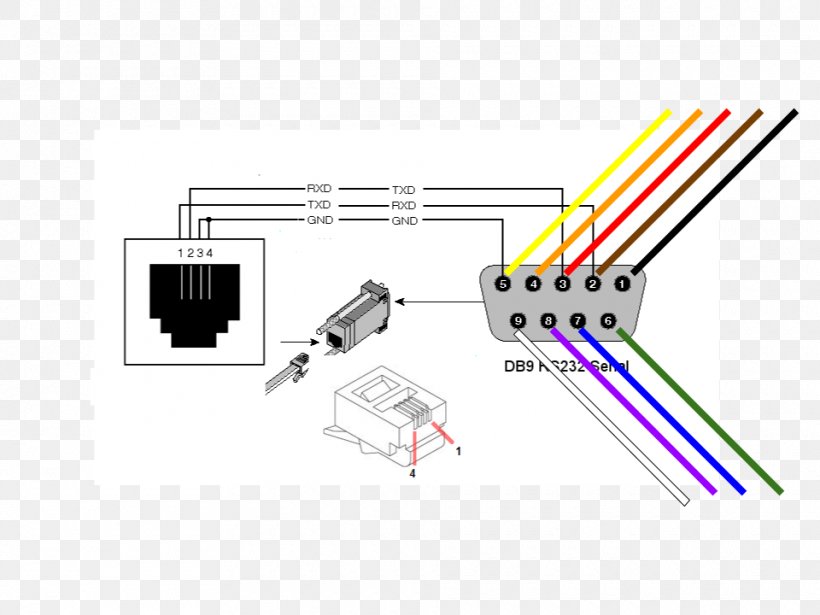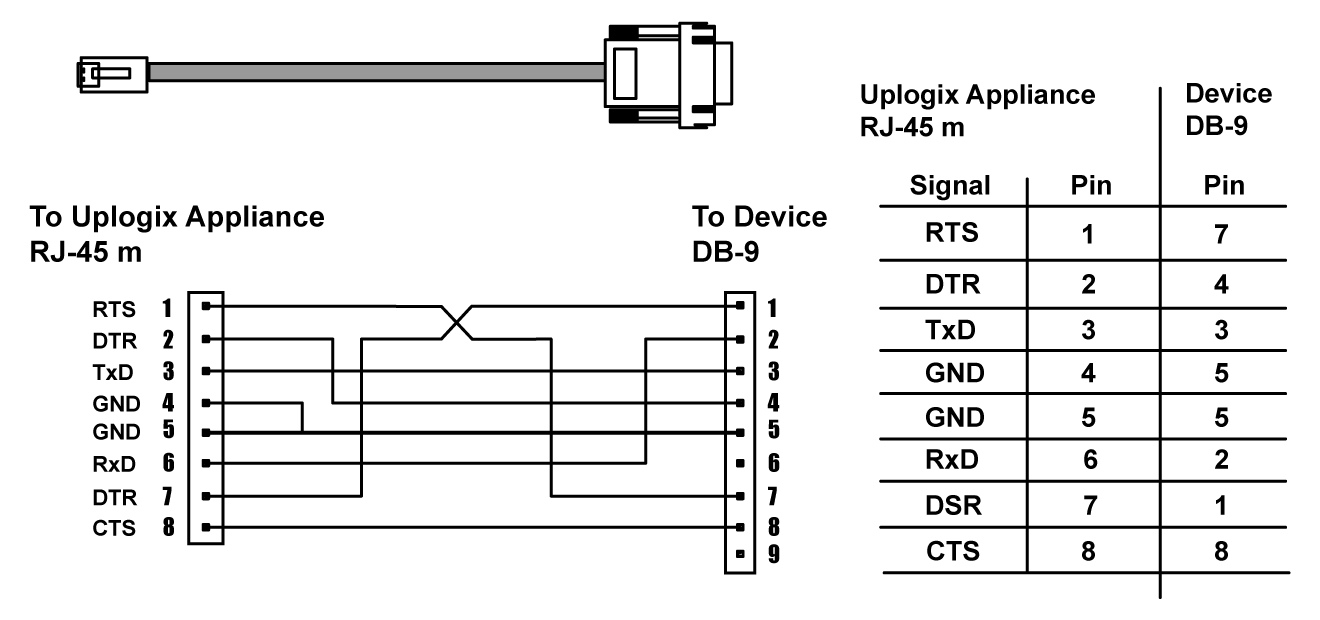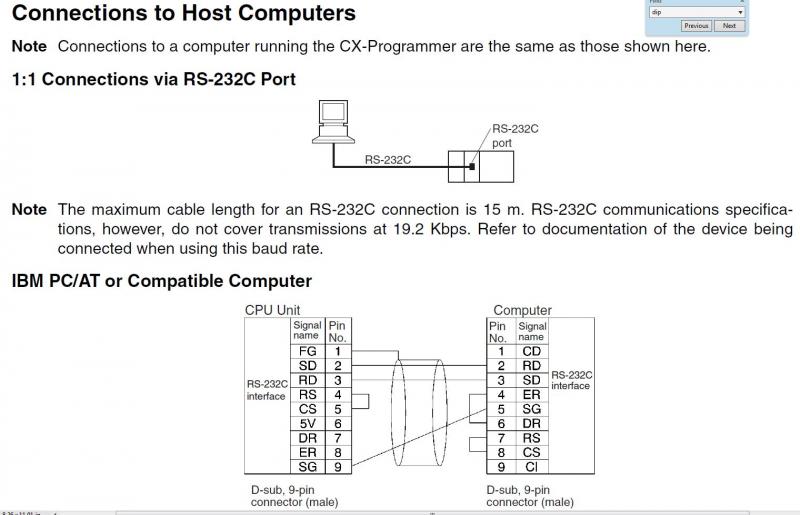The pinout of the DE-9 D-subminiature connector, also known as DE9, DB-9 or DB9 for PC serial RS-232 (RS232) COM port is detailed on this page. This article describes the pin assignments of the most popular form of DE-9, also known as DE9, DB-9 or DB9 connector for serial communication known as RS-232, or RS-232C, or RS232, found on.
- Computer Serial Port Pinout
- Pc Serial Pinout
- See Full List On Usconverters.com
- See Full List On Pinoutguide.com
Introduction
A serial port is used to connect devices or computers, and therefore it should be connected to another serial port. An external device or modem that is connected to the serial port has an. The monitoring PC 'Sees' on its serial port both sides of the serial conversation - that is it receives what is sent by the target PC and also what is sent by target peripheral. This can be a positive advantage, because the serial conversation can be observed as it progresses between the two devices. Serial port interface pinout and signals. 9 pin # 25 pin# Acronym. Transmit Data-» Transmits bytes out of computer or device. Receive Data «-Receives bytes into computer or device. Carrier Detect (CD) this control signal is used when a modem informs a computer that it has.
RS232 - the standard of the asynchronous interface (serial port), was at one time the most popular interface for digital devices for various purposes. In the first computers, his physical presence was mandatory. Even now, the Windows operating system is capable of emulating a number of virtual COMs without having their physical implementations. Some probably remember computer mice, printers, scanners and other peripherals connected to the computer through this port.
Now the situation has changed, the computer peripherals are connected to the PC using faster USB ports. But in instrumentation, RS232 takes the rightful place, it is rare to see a digital device that can be configured by a computer without this interface. Quite often RS232 port serves as a transition link to the RS485 interface, connected via a miniature adapter.
The information in RS232 is transmitted in duplex mode
- Logical «0» - positive voltage from +5 to +15 V
- Logical «1» - negative voltage from -5 to -15 V
Due to the design features, the length of the communication line is small, usually no more than 10 meters.
Initially, the interface RS232 connector was designed as a 25-pin connector. In this DB25 connector, a secondary RS232 serial channel was also provided. But in practice, only one channel was realized. Computers in which both channels were presented were very rare, for example Sun SparcStation 10/20 and Dec Alpha Multia. Also on some modems there was a secondary channel, it signaled the status of the modem, while the primary one was busy with data transmission. In our time, the more 9-pin DB9 version of RS232 has taken root.
Pinout of the RS232 connector
25-pin (DB25) RS232 connector
On the diagram of the 25-pin RS232 connector, the black color indicates the pins common to both types of connectors. The figure and the table below show how to connect the adapter from the 25-pin connector to the 9-pin connector.
Adapter cable from 25 pin RS232 to 9 pin

| DB9 | DB25 | Description |
| 1 | 8 | Data carrier detect |
| 2 | 3 | Receive data |
| 3 | 2 | Transmit data |
| 4 | 20 | Data terminal ready |
| 5 | 7 | Signal ground |
| 6 | 6 | Data set ready |
| 7 | 4 | Request to send |
| 8 | 5 | Clear to send |
| 9 | 22 | Ring indicator |
Plug for RS232
Below is the RS232 connector pinout for testing computer serial port. Data and handshake lines connected. In this case, the sent data is immediately returned back and analyzed by the standard serial port verification software.

| DB9 | DB25 | Description |
| 1 + 4 + 6 | 6 + 8 + 20 | DTR -> CD + DSR |
| 2 + 3 | 2 + 3 | Tx -> Rx |
| 7 + 8 | 4 + 5 | RTS -> CTS |
Null-modem cables for RS232
The simplest way to connect two computers together is to use a null modem RS232 cable. For a simple solution, a three-wire RS232 scheme is sufficient, where one wire is the signal ground, the second is the receiver, and the third is the transmitter. But depending on the type of software, some kind of handshake may be required. Below are the most popular types of null modem cables for RS232.
Simple null-modem cable without handshaking
This simple pinout of the cable does not allow monitoring of data transmission and reception at the «hardware level», but at the software level, monitoring is possible using XOFF analysis and XON symbols. Not all programs are able to work with such a cable. This is more a theoretical concept. There are also cables with a handshaking simulation on a «stub» and partial handshaking without the ability to control the data transmission at the «hardware level». The following is the RS232 cable wiring with full handshaking recommended by Microsoft.
RS232 null modem cable with full handshaking
Here, seven wires are used, and this RS232 pinout has become essentially standard.

| DB9 | DB25 | Description |
| 1 | 8 | Data carrier detect |
| 2 | 3 | Receive data |
| 3 | 2 | Transmit data |
| 4 | 20 | Data terminal ready |
| 5 | 7 | Signal ground |
| 6 | 6 | Data set ready |
| 7 | 4 | Request to send |
| 8 | 5 | Clear to send |
| 9 | 22 | Ring indicator |
Plug for RS232
Below is the RS232 connector pinout for testing computer serial port. Data and handshake lines connected. In this case, the sent data is immediately returned back and analyzed by the standard serial port verification software.
| DB9 | DB25 | Description |
| 1 + 4 + 6 | 6 + 8 + 20 | DTR -> CD + DSR |
| 2 + 3 | 2 + 3 | Tx -> Rx |
| 7 + 8 | 4 + 5 | RTS -> CTS |
Null-modem cables for RS232
The simplest way to connect two computers together is to use a null modem RS232 cable. For a simple solution, a three-wire RS232 scheme is sufficient, where one wire is the signal ground, the second is the receiver, and the third is the transmitter. But depending on the type of software, some kind of handshake may be required. Below are the most popular types of null modem cables for RS232.
Simple null-modem cable without handshaking
This simple pinout of the cable does not allow monitoring of data transmission and reception at the «hardware level», but at the software level, monitoring is possible using XOFF analysis and XON symbols. Not all programs are able to work with such a cable. This is more a theoretical concept. There are also cables with a handshaking simulation on a «stub» and partial handshaking without the ability to control the data transmission at the «hardware level». The following is the RS232 cable wiring with full handshaking recommended by Microsoft.
RS232 null modem cable with full handshaking
Here, seven wires are used, and this RS232 pinout has become essentially standard.
To connect an LX200 to a computer you need a special cable. You can sometims buy one from the company that makes the software you're using but it's much cheaper to make one for yourself. The parts only cost a few dollars and it will take only a few minutes. All you need is a soldering iron, the appropriate connectors and the information below. It's really a lot simpler that it looks.
Pin-outs
Computer Serial Port Pinout
For those of you who know what you're doing all you need to know is the pinouts:
Resources available in the State Archive in Pescara. Military Records. Military Lists 1850-1920, available in the archives of L'Aquila, Teramo and Chieti. Find top coworking spaces in Pescara, Italy. See member reviews, prices, photos, meeting rooms and more. Book your perfect shared work space in Pescara on coworker.com today. In the first place, since you're staying in Pescara in the Summer, most lidos have some areas for kids with slides, swings, seesaws - I would not recommend to go there when the temperature is too hot though - and some lidos have a private swimming-pool as well. Some lidos also organize activities for their customers' children, and at evening and night you may have a stroll on the promenade as. Pescara 1920 kitsempty spaces the blog.
| Description | LX200 | DIN-8 | DB-9 | DB-25 | Name |
|---|---|---|---|---|---|
| +12v DC | 1 | ||||
| Misc Serial Out | 2 | ||||
| PC Transmit Data | 3 | 3 | 3 | 2 | TxD |
| Ground | 4 | 4 | 5 | 7 | Gnd |
| PC Receive Data | 5 | 5 | 2 | 3 | RxD |
| Misc Serial In | 6 |
In the diagrams below the colors indicate which pins connect to each other.
LX200 RS232 Port
At right is a diagram of the LX200's RS-232 port as you see it looking into the panel. Note the odd pin numbering: 1-4-2-5-3-6, read left to right looking into the port (This numbering is taken from the LX200 User's Manual, don't expect to see it elsewhere.)
At left is the corresponding 6-pin modular plug (RJ11) viewed from the flat side (top as it is inserted into the LX200; not the end); the connecting pins are on top, the tab on the bottom of the diagram represents the wire.
Mac Ports
The Macintosh's modem and printer ports use a DIN-8 jack as shown at right looking into the Mac. The diagram at left shows the pins from the end of the male plug. Of course, it's a mirror image of the diagram of the port. The pins are usually labeled in tiny raised letters.
Making a Simple Cable
Making a cable is just a matter of wiring up the connectors with matching colors as shown below. Connect pin 3 to pin 3, pin 4 to pin 4, and pin 5 to pin 5. (The exact correspondence of numbers is purely accidental.)
(Crossing lines do not connect)
Making a Dual Cable
Though they are labeled as 'Unused' in the LX200 manual pins 2 and 6 are actually an extra RS232 port (pin 4 is a common ground). Thus you can make two simultaneous RS232 connections to your scope. This is useful if, for example, you want to connect to a computer and your CCD camera at the same time.
Connect one connector as above. For the other one, connect pin 6 to pin 3, pin 2 to pin 5, and the common ground pin 4 to pin 4.
(Crossing lines connect only where a dot is shown)
Other Computers
Other computers use a variety of different connectors. Most common are DB-25 (right, top) and DB-9 (bottom); they are shown here looking at the pins from the end of the male connector. Connect as for the Mac substituting per the pin-out table above.
Pin Nomenclature
The various RS232 pins go by a confusing variety of names. Fortunately for this purpose, we need only be concerned with three of them: Ground, RxD (receive data), and TxD (transmit data).
The diagram at right shows how to connect a DIN-8 (top) to a DB-25 (below).
Richard Mathews says, 'On the DIN-8, pins 5 and 8 are both Receive Data (actually RxD- and RxD+). The voltage difference between them is what matters. … To reduce noise, you should connect pin 8 to ground by tying it to pin 4. Note that your diagram for connecting a DIN-8 to a DB-25 already shows this connection, but you don't show it in the info on connecting the RJ-11 to the DIN-8.' Richard is probably right but my cable works fine anyway.
Pc Serial Pinout
USB
Modern computers have USB instead of serial ports. To use an LX200 with a USB computer you need a cable such as above plus a serial-USB adapter. I use a Keyspan USB Twin Serial Adapter; there are several other similar products available.
Disclaimer
Check your cable carefully before using it. A miswired cable could fry the RS232 ports on either end.
See Full List On Usconverters.com
I have made a cable using this information. I have tried to make it correct. But I'm only human. If you burn up your LX200 it's not my fault.
Notes
- The cable can be very long (100ft or more) if you want. Use heavier gauge wire for longer lengths.
- It can be somewhat difficult to solder wires to the tiny pins on the backs of these connectors. The easy way to make an LX200-computer cable is to buy a cable with an 6-pin modular plug on one end and another cable with the proper connector (DB-9 or whathever) on one end. Then cut both wires in the middle and just solder the wires together. You may have to use a meter to verify which wire is which.
- If you want to avoid splicing wire, special tools for working with modular plugs are available
- You can actually use a 4-pin modular connector if you can't find a 6-pin one. It will connect to the middle 4 pins of the jack. (But, of course, this won't work for the dual cable.)
- Though the LX200's port uses the same connector as your modem it will not work with a modem. Do not use a simple phone cord to connect your LX200 to a modem or to a phone line.
- Pin 1 of the LX200's port is a 12vDC source. But don't expect it to deliver much current.
- The LX200's CCD port is just for moving the scope; it just runs the motors. Some CCD cameras can also use an RS232 port for fuller control of the LX200.
- You can buy all the parts and tools you need from any electronics supply outlet such as DigiKey or Newark.
- For info on LX200 cables see Information about Plugs and Cables by R. A. Greiner.
- Constructing an RS232 cable for a Magellan I by Alistair Symon (Alistair believes this will also work for a Magellan II)
- How to control the LX-200 from a handheld PC by Matt Considine
- Robert B. Denny's nifty Astronomer's Control Panel for the Meade LX-200 Telescopes
- Infogenie plugin for Starry Night
- If all this is too much hassle, you can buy ready-to-use cables from Charles Turner
Credits
This page was made possible by the generous contributions of Don Dillinger, Michael Hart and others on the MAPUG mailing list (plus a little help from the LX200 manual, appendix F). I am grateful for their help but any mistakes are mine.
See Full List On Pinoutguide.com
Bill Arnett; last updated: 2002 Feb 28

